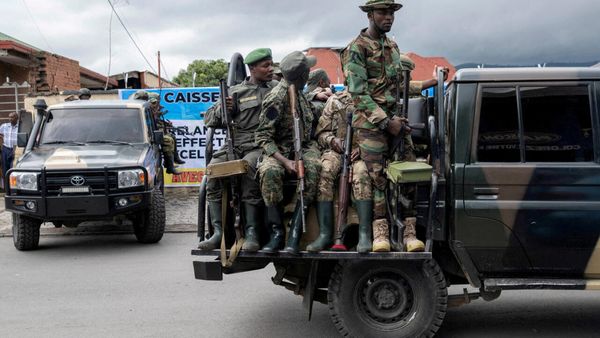
Atop the gloop that swirls on subterranean pools in Romania’s Movile cave, a host of mostly translucent, unseeing creatures scrabbles around. These singular beasties – centipedes, spiders, scorpions, leeches, snails and woodlice – derive their daily nutrients from slimy mats of sulphur-loving bacteria that thrive in the oxygen-poor atmosphere.
This unique ecosystem was isolated for more than 5m years until 1986, when drilling for a potential power plant pierced the cave’s walls. As the science writer Alex Riley reports in Super Natural, 37 out of the 52 invertebrate species living in the 240-metre-long space – which sits 21 metres below the surface near the Black Sea coast – exist nowhere else on Earth.
While our ancestors were evolving in the intervening aeons – learning how to use fire, circling the globe, discovering petroleum and then polluting the atmosphere with greenhouse gases – “the animals in Movile cave slurped up their microbial crop” oblivious to the world outside.
They represent just a few of the exotic species that populate Riley’s fascinating portrait of how life survives despite radiation, desiccation, the heat of the Sahara, freezing polar temperatures, total darkness, extended famine, lack of oxygen and the oceans’ abyssal depths.
Among them are the hardy tardigrades, cute little invertebrate “moss piglets” half a millimetre long that can withstand “unimaginable extremes”, including “freezing to near absolute zero, boiling heat, pulverising radiation, the vacuum of space” (they’ve been taken into orbit several times). But there are also more familiar creatures, including mammals and birds. Within the Chornobyl exclusion zone, wild Przewalski’s horses – a once near-extinct species – thrive and reproduce despite the lingering radiation. In North America, the common poorwill (or hölchoko, “the sleeping one” in Hopi) is the only bird known to hibernate, lowering its body temperature to 5C (41F) and remaining in this torpid state for weeks.
The deep ocean was once regarded as hostile to any form of life, with 19th-century biologists such as Louis Agassiz deeming it “quite impassable for marine animals”. There was no sustenance for them , he wrote, “and it is doubtful if animals could sustain the pressure of so great a column of water”. That turned out to be wrong, and in 2022 scientists were able to film the Pseudoliparis snailfish at 8,336 metres below sea level off the coast of Japan – a depth roughly equivalent to the height of Everest.
It doesn’t stop there. “Sea stars, isopods, sea cucumbers, glass sponges: all have representatives that filter water or sediment to feed in waters over 10 kilometers down.” The most common are scavenging crustaceans that feed on the dead organisms falling from above – one of which, the supergiant amphipod Alicella gigantea, looks like a flea and can grow to the size of a rat.
Sadly, their diet has begun to change. Dissecting an amphipod collected in the Mariana Trench in the western Pacific, ecologist Johanna Weston “found a blue microscopic fibre inside its stomach. Just over half a millimetre long and shaped like an archer’s bow, it was a sliver of polyethylene terephthalate.” That’s the plastic used in water bottles, and Weston named the species Eurythenes plasticus.
This all sounds depressing, but the book isn’t, and Riley writes with levity and self-deprecating humour. “Observing an animal so indifferent to my existence was comforting,” he writes as he focuses his microscope on a tardigrade he has extracted from a clump of moss. The minutes he spends observing this tiny animal with its “eight chubby legs” open “a tiny portal into a world beyond humanity”.
It’s also oddly comforting to realise that nature is highly resilient, enduring five mass extinctions before the current, sixth one. The Permian extinction, caused by volcanic activity 252m years ago, killed 96% of all life in the oceans. And yet, by clearing the seabed of rugose corals and trilobites, “a new world of predatory cephalopods, crabs, snails, sharks, bony fish and marine reptiles could emerge”, writes Riley. And, whatever happens, you can bet that near-indestructible tardigrades will continue plodding along. “Life, once it has emerged on a planet, is very hard to destroy.”
• Super Natural: How Life Thrives in Impossible Places by Alex Riley is published by Atlantic (£22). To support the Guardian order your copy at guardianbookshop.com. Delivery charges may apply.







